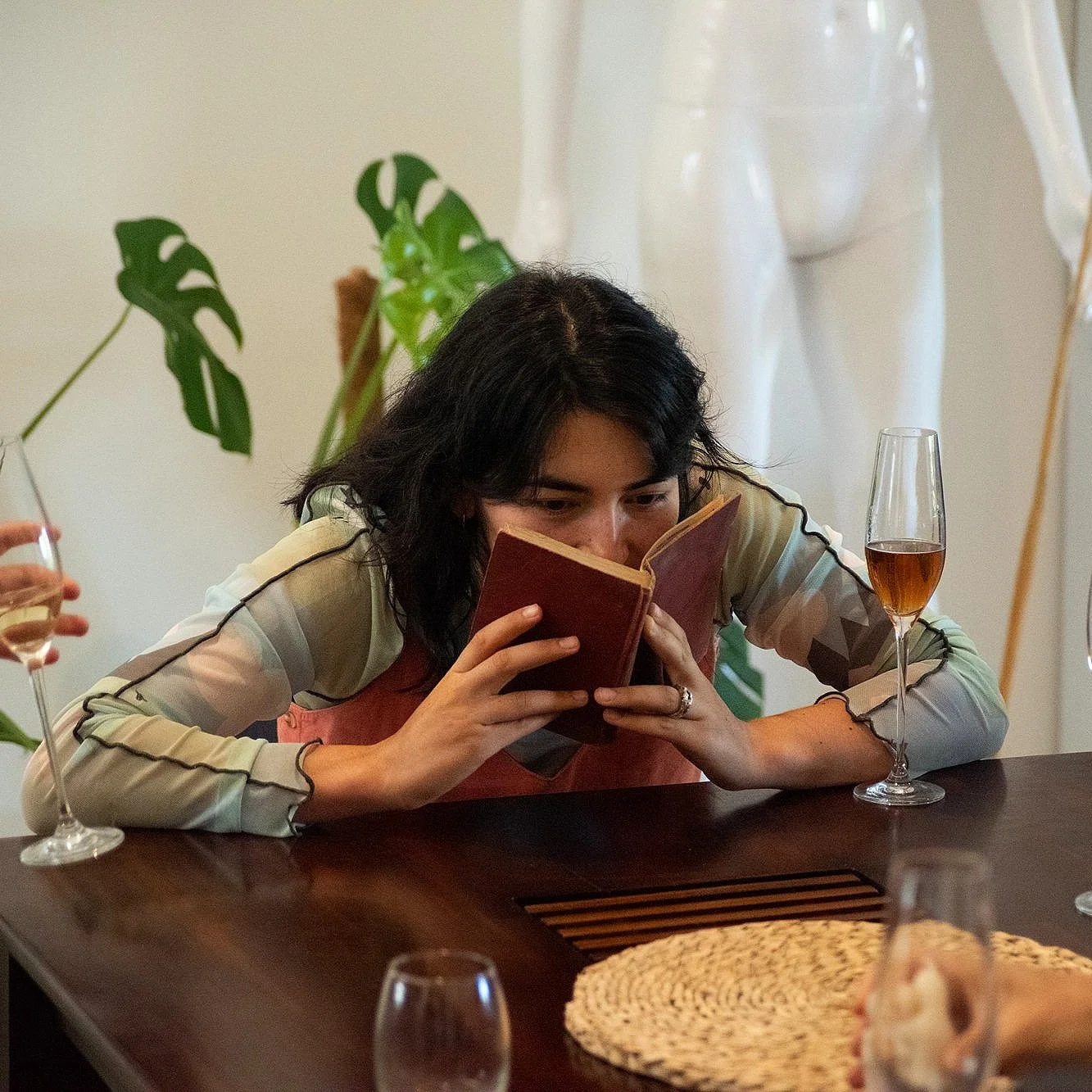how it works
The effect of scents
Smell can have a profound effect on our emotions and other senses, affecting how we react to and engage with the world. Of all our senses, smell has the strongest link to memory, as scent molecules bind with receptors in the olfactory nerve, and are processed in the brain alongside our memories and emotions. People have known for centuries that scents can influence our emotions, and scientific studies continue to support the therapeutic uses of various scents across cultures. In addition, studies have shown that scent can have cross-modal effects, effectively enhancing or altering our other senses. Scent can also create a sense of unity amongst strangers, making it a powerful tool for bringing people together.
design process
When designing scents for a performance, installation, or event, there are many things to consider. How do you want the scent to affect the audience? How do you want to deliver the scent? Do you want people to have autonomy over the scent delivery? Do you want them to be aware of the scent or not? Where will you source the scents from? I aim to create sensory experiences that are intentional and impactful.
It’s also important to consider safety when working with scents. Undiluted scents can be very potent and need to be delivered with care.
Scent Delivery methods
Delivering scents can be done in a variety of ways. For a subtle and sophisticated experience, I recommend using an ultrasonic diffuser, which disperses scents through water vapor without heat. Scratch 'n sniff printing is a fun and interactive method that allows audiences to engage with scents in a creative way, as are sprays and scented objects. For larger spaces or outdoor events, a fog/haze machine can be used to create a more immersive experience. Scented bracelets and handheld fans are great options for individual experiences, while candles, incense, and fire can create a warm and inviting atmosphere. Anointing is a traditional method that involves applying scents to the skin.
Examples of scents
The world of scent is virtually infinite and I am continually exploring new possibilities. Here are some of the scents I’ve worked with in the past:
Australian native essential oils - celebrate local flora with scents like kunzea and lemon-scented eucalyptus.
Themed scents - set the scene with scents like Hospital, Christmas, or Boiler room.
Relaxing scents - create a calm and tranquil atmosphere with scents like clove and vetiver.
Invigorating scents - energize the atmosphere with scents like bergamot and peppermint.
Sweet treats - Indulge the audience with scents like sour apple or strawberries and cream.
Unusual scents - Challenge people with scents like thunderstorm, cannabis flower, or leather.




